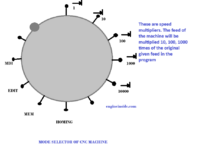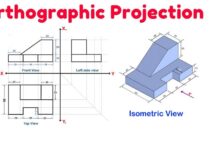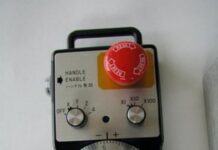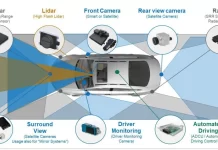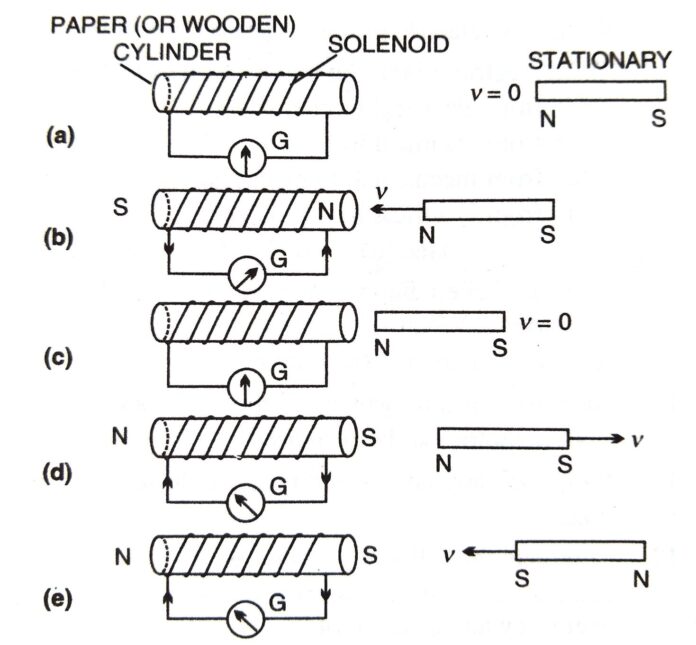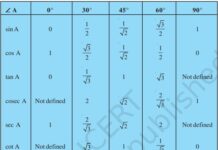ELECTROMAGNETIC INDUCTION
YT Video : https://youtu.be/341FSIxspJk
We have read that when an electric current is passed through a conductor, a magnetic field is produced around the conductor. Faraday thought that as a magnetic field is produced by the electric current, it should be possible to produce an electric current by the magnetic field. He performed a number of experiments and observed that whenever there is a change in the number of magnetic field lines associated with a conductor, an electromotive force (e.m.f.) is developed between the ends of the conductor which lasts as long as the change is taking place. This phenomenon is called electromagnetic induction.
Demonstration of the phenomenon of electromagnetic induction
The phenomenon of electromagnetic induction can be demonstrated by the following experiment.
Experiment : Wind an insulated copper wire in form of a spiral on a paper (or wooden) cylinder so as to form a coil in the form of a solenoid. Connect the two ends of the solenoid to a centre zero galvanometer G and place a magnet along the axis of solenoid as shown in Fig. A
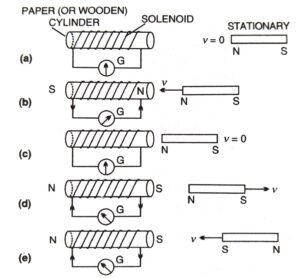
Observation ;
(a) When the magnet is stationary, there is no deflection in the galvanometer. The pointer reads zero.
(b) When the north pole of the magnet is brought near to the solenoid, the galvanometer shows a deflection towards the right showing that a current flows in the solenoid in a direction as shown in Fig.
(c) If we stop the motion of the magnet, the pointer of the galvanometer comes to the zero position. This shows that the current in the solenoid flows as long as the magnet is moving.
(d) If the magnet is taken away from the solenoid, the current again flows in the solenoid, but in the direction opposite to that shown in Fig. (b) and therefore the pointer of galvanometer deflects towards the left.
If the magnet is taken away rapidly i.e., with higher velocity, the extent of deflection in the galvanometer increases although the direction of deflection remains the same. It shows that more current flows now.
(e) If the south pole of the magnet is brought towards the solenoid, the current in solenoid flows in the direction opposite to that shown in (b) and so the pointer of galvanometer deflects towards the left.
Exactly similar observations are made in the galvanometer if magnet is kept stationary and the solenoid is moved. It implies that the relative motion between the solenoid and magnet produces current.
Conclusions ;
From this experiment, Faraday came to the following three conclusions :
(1) The galvanometer shows a deflection (i.e., current flows in the coil) only when there is a relative motion between the coil and the magnet,
(2) The direction of deflection is reversed if the direction of motion is reversed.
(3) The current in coil (i.e., deflection of pointer) is increased (i) by the rapid motion of magnet or coil, (ii) by the use of a strong magnet, and (iii) by increasing the area and number of turns in the coil.
Faraday’s Explanation
When there is no relative motion between the magnet and coil, the total number of magnetic field lines due to the magnet, passing through the coil (i.e., the magnetic flux linked with the coil) remains constant, therefore no e.m.f. is induced in the coil and the galvanometer shows no deflection.
When there is a relative motion between the coil and the magnet, the magnetic flux linked with the coil changes. If the north pole of the magnet is moved towards the coil, the magnetic flux through the coil increases. Similarly, if the coil is moved towards the magnet, the magnetic flux through the coil increases. Due to change in magnetic flux linked with the coil, an e.m.f. is induced in the coil. This e.m.f. causes a current to flow if the circuit of the coil is closed.
Thus, in electromagnetic induction, the mechanical energy is transformed into the electrical energy.
Dynamo Construction and Working :










